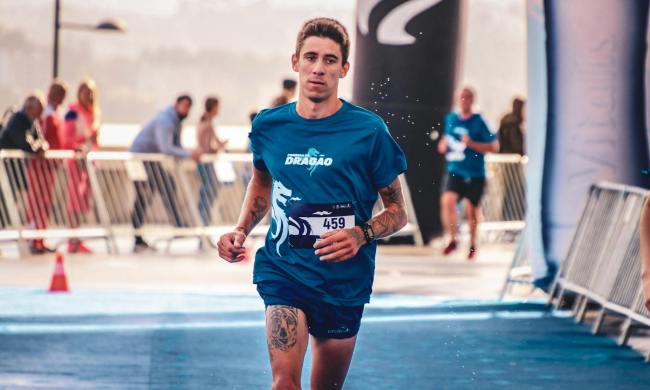The leg extension is a superior exercise for isolating your quadriceps muscles and strengthening your legs. Performing leg extensions can also increase your range of motion and flexibility in your legs. If you don’t have a machine, you can try some of the leg extension alternatives. Here are the benefits of the leg extension and the best alternatives to include in your workout routine.
The benefits of the leg extension exercise
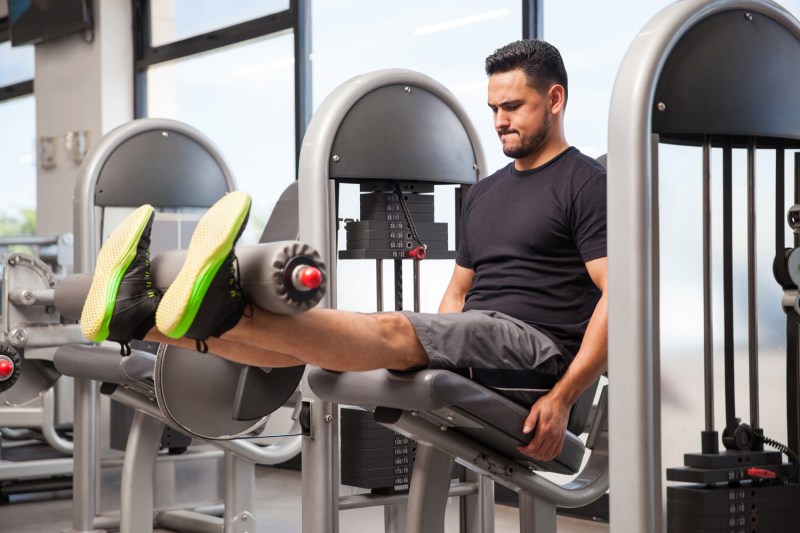
Here are some of the benefits of the leg extension:
- Most gyms have a leg extension machine.
- It’s an effective isolation exercise that targets your quadriceps.
- Allows for knee extension without involving your hip joints.
- You can perform a variation of the leg extension at home with a chair and a resistance band or ankle weights.
While some people prefer exercises like leg presses and barbell squats, others opt for simple leg extensions.
Busting leg extension myths

Myth 1: Compound exercises are the only way to bulk up your quads
It’s a widespread myth that compound exercises like squats are the only way to bulk up your quads. Performing the leg extension definitely helps fuel muscle growth in your quads over time because you’re providing resistance with the weights while extending your knee.
Myth 2: Squeezing or flexing your quads during leg extensions is the only way to bring out muscle definition
Achieving better muscle definition requires lowering your overall body fat with several methods, and most importantly by eating a healthy diet and reducing your intake of added sugar and fructose.
Myth 3: Leg extensions place too much stress on your knees compared to other exercises
When you perform leg extensions correctly with proper form and range of motion, they are an effective exercise for training your quadriceps. Interesting research highlighted that patellofemoral joint stress was identical for the leg extension and leg press. This research indicates that leg extensions might put less stress on your patellofemoral joint compared to leg presses and squats with similar weights.
How to avoid knee problems
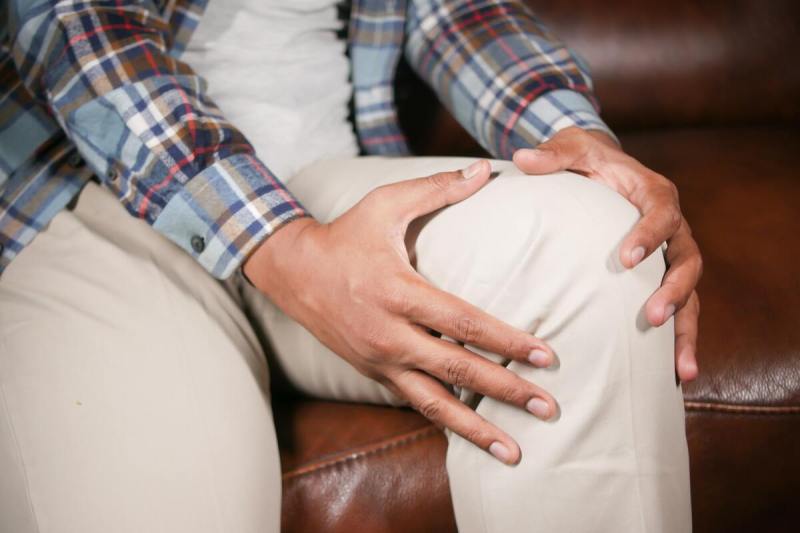
The best way to protect your knees is to make sure you have the proper form and avoid using a weight that’s too heavy. Try not to push the movement as far as you can possibly go and stop right before you reach the top of the movement to avoid overstretching or over-twisting your tibia and femur.
What muscles do leg extension exercises work?

Your quadriceps muscles at the front of your thighs are the main target of the leg extension. These large leg muscles help you walk, run, and jump.
The leg extension also targets other important muscles in your thighs, such as your:
- Rectus femoris
- Vastus lateralis
- Vastus medialis
- Vastus intermedius
Mistakes to avoid when performing the leg extension

Here are some of the top mistakes to avoid when performing the leg extension:
- Going too fast: Go at a steady and controlled pace and try not to rush the exercise, especially the lifting part of the movement.
- Using a weight that’s too heavy: Using weights that are too heavy puts excess stress on your knee joints and can compromise your form, which increases your risk of injury.
- Arching your back: Avoid arching your back during leg extensions, which can put strain on your lower back.
- Locking your knees: Locking your knees at the top of the movement puts excessive pressure on your knee joint, so it’s best to keep a slight bend in your knees.
- Leaning forward: Avoid rounding your back or leaning forward during leg extensions. Maintain an upright torso throughout the exercise.
Sets and reps for the leg extension

The right number of sets and reps for you depends on your goals, ability level, and other factors. If you’re aiming to boost your quad strength, focus on heavier weights and fewer reps. Endurance training involves more reps and lifting lighter weights. Many exercise enthusiasts find the hypertrophy sweet spot somewhere in between the two. Hypertrophy refers to increasing the physical size of your muscles.
For example:
- Quad strength: Perform 4 or 5 sets of 5 reps at a heavy weight that’s challenging but still allows you to maintain proper form.
- Endurance: Perform 3 sets of 15 reps with a lighter weight and minimal rest time.
- Hypertrophy: Perform 4 sets of 10 reps.
The best leg extension alternatives

The best leg extension alternatives are comparable to the traditional exercise when it comes to working your quads.
Just like the original leg extension, the alternative exercises should:
- Allow you to challenge your muscles and notice improvements
- Allow you to increase the number of sets and reps so you can make progress over time
- Enable your legs to move within the sagittal (longitudinal) plane
- Closely mirror the biomechanics of the leg extension or achieve a similar level of quad engagement
Here are the best leg extension alternatives to include in your workout routine.
Bulgarian split squats
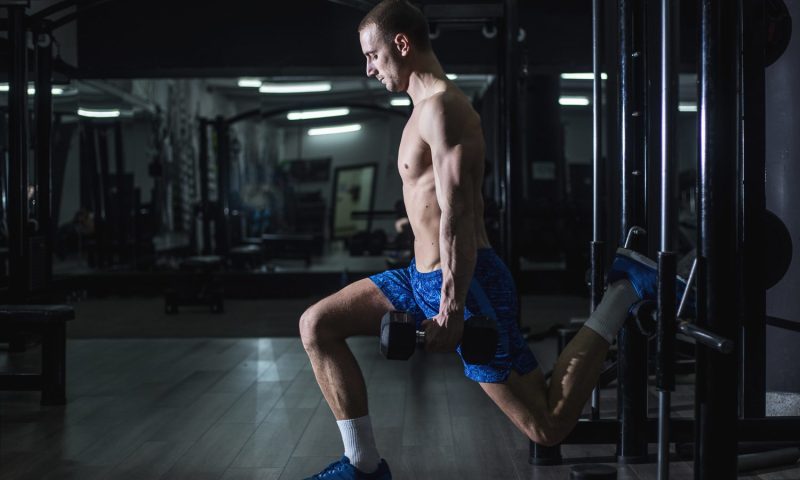
The Bulgarian split squat is a worthwhile version of the single-leg split squat that involves elevating your rear foot on some type of platform, bench, or chair. You’ll work your quads, glutes, calves, hamstrings, adductors, and core with this movement. Add weights to ramp up the challenge.
How to do Bulgarian split squats:
- Hold a dumbbell or kettlebell in each hand.
- Start by standing in front of a step, chair, or bench facing away from the step with your feet about hips-distance apart. You should be about 2 feet away from the step.
- Lift your right leg and place the top of your right foot on the step.
- Make sure your feet are still about hips-width apart and engage your core.
- Bend your left knee and lower yourself down as if you’re moving down into the lunge position.
- Pause for a moment at the bottom of the movement.
- Drive back up to your starting position with control.
- Repeat for your desired number of reps before switching to the other leg.
Step-ups

With weighted step-ups, you hold weights while stepping up onto a knee-high box. Step-ups are known to boost your jumping power and work your quads, hamstrings, and glutes.
How to do weighted step-ups:
- Stand facing a sturdy box, holding a weight in each hand with your arms down by your sides.
- Step onto the box with your right foot, which is the starting position.
- Bring your left foot up next to your right so you’re standing up on the box.
- Bring your left foot back down to the starting position.
- Repeat for your desired number of reps before alternating and working your other leg.
Wall sit

The wall sit simply requires a wall for you to lean against. This isometric leg exercise puts your quads under tension for an extended time period, fostering muscle endurance.
How to do a wall sit:
- Stand with your feet about shoulders-distance apart, and your back against a wall.
- Bend your knees to lower your body down into a seated position as if you’re sitting on an invisible chair.
- Lower down until your thighs are parallel to the floor and your knees are above your ankles.
- Keep your back flat against the wall and avoid arching your lower back.
- Engage your core to maintain stability.
- Hold the pose for a set duration, such as 30 seconds. Stay focused on proper form.
- When you’re ready, you can push up through your heels and straighten your legs to slowly stand up.
- Repeat for your desired number of reps.
Reverse Nordic

The reverse Nordic doesn’t just have a cool-sounding name; this exercise is an excellent way to work your quads and boost flexibility over time.
How to do a reverse Nordic:
- Kneel on a mat or soft surface with your toes touching the floor and your knees about hips-distance apart.
- Engage your core and slowly start to lean back.
- Lean back at a steady pace until your glutes almost touch your heels and your body is near the floor. You’ll feel the stretch in your quads.
- Hold the position for a moment before pushing through your heels and engaging your quads to bring yourself back up to the starting position.
Sissy squats

The sissy squat enhances stability and quad engagement. You can stand with your side on a squat rack, power rack, frame, or another type of secure upright for support.
How to do sissy squats:
- Start standing upright with your feet slightly narrower than hips-distance apart to help target your quads.
- Engage your core, bend your knees, and start to lean back slowly while also starting to bring your heels up from the ground.
- Continue to descend until you feel a good stretch in your quads and you reach your movement tolerance. Your knees should be far ahead of your toes.
- Hold the pose for a moment before slowly returning back to the standing position.
How to do leg extensions at home
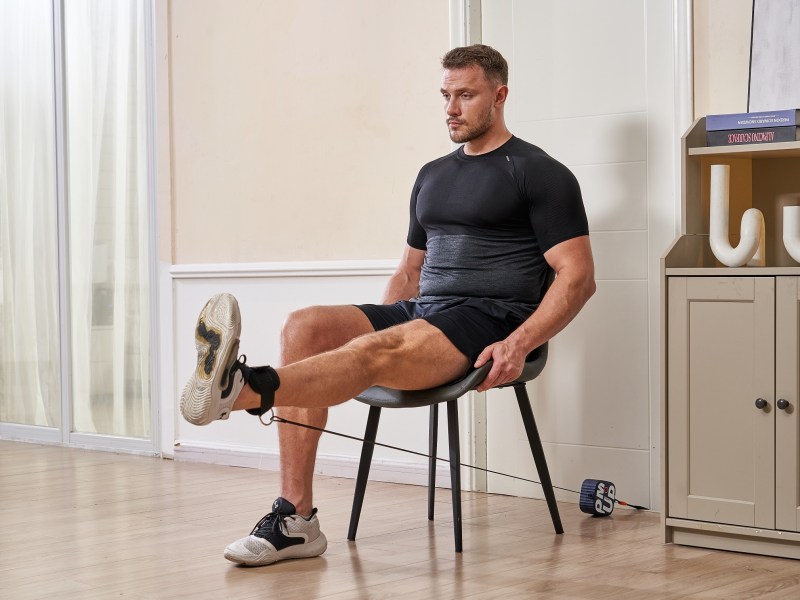
You can perform leg extensions at home without a machine using ankle weights or resistance bands.
- Ankle weights: If you attach the ankle weights to your ankles and sit on a bench or chair, you can extend one or both legs.
- Resistance bands: To use resistance bands, you’ll need to anchor one end of the band to a piece of furniture or anchor point, such as a door frame. Loop the other end of the band around your right ankle and sit on a bench or chair about 2 or 3 feet away from the anchor point. The band should be taut in the starting position to provide sufficient resistance for the leg extension. Now, you can work one leg at a time.
Concluding thoughts

When you don’t have access to a gym with a leg extension machine, you can still power up your quads and stay on track with leg training. Keep your workout routine interesting with these effective leg extension alternatives.


